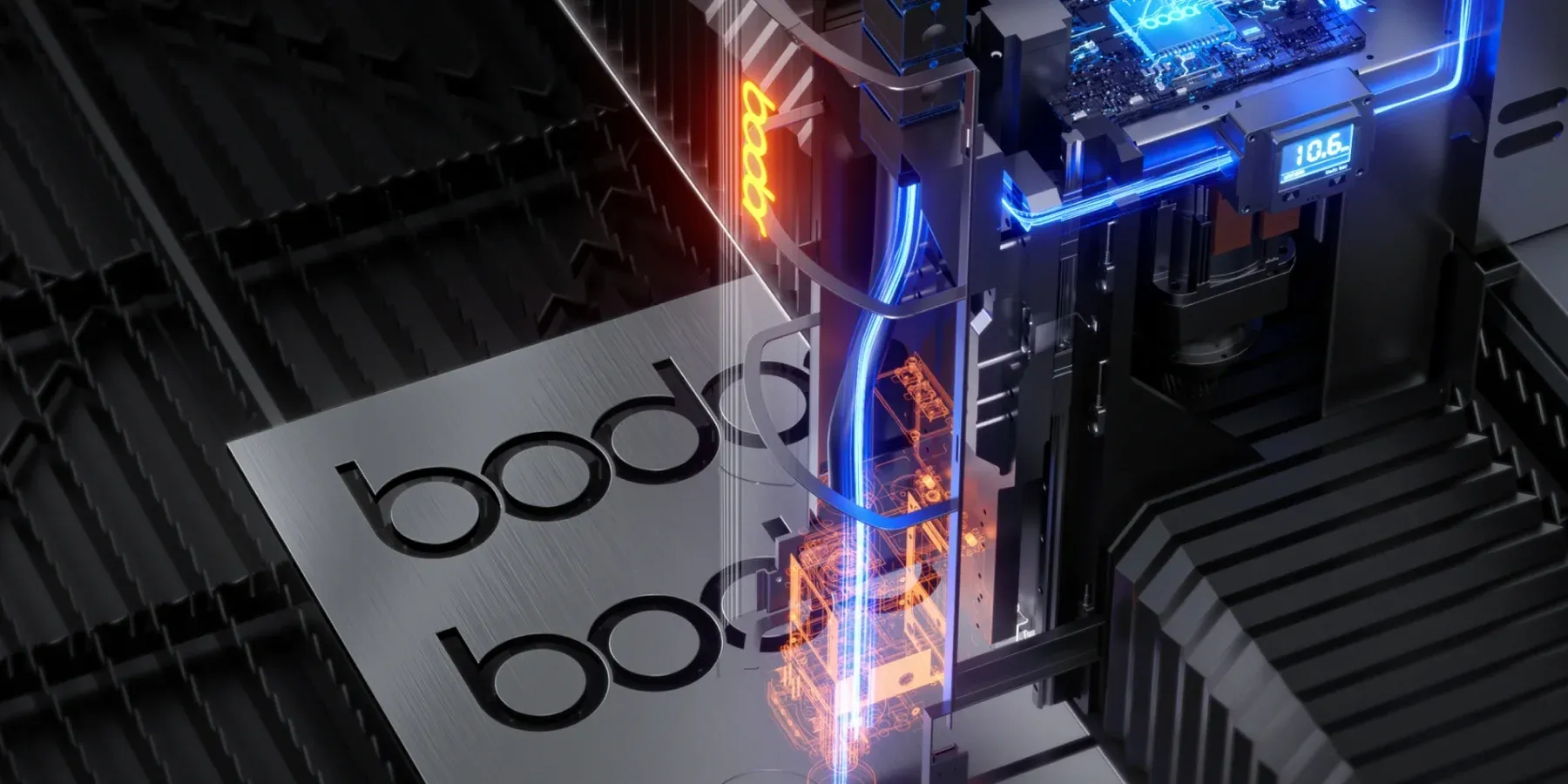Fiber laser cutting has revolutionized metal fabrication, wielding light with surgical precision. This technology harnesses the interplay of physics, engineering, and computer control to transform solid metal into intricate shapes. Let’s delve into the core mechanisms that make this process possible.
The Heart of the Beast: Ytterbium-Doped Fiber Laser
Unlike its CO2 laser counterpart, the fiber laser employs a ytterbium-doped fiber optic cable as its gain medium. This cable acts as a light amplifier due to the unique properties of ytterbium, a rare-earth element. Here’s a breakdown of the internal laser physics:
- Pump Diodes: High-power semiconductor diodes bombard the doped fiber with light, typically at a wavelength of around 915nm.
- Stimulated Emission: Ytterbium ions within the fiber absorb this pump light, becoming “excited” to a higher energy state. These excited ions then release their excess energy as photons at a specific wavelength, around 1064nm for ytterbium.
- Amplification by Forced Emission: A crucial aspect is the fiber core and cladding design, which allows only a specific range of light wavelengths to propagate efficiently. This trapped light stimulates further emission from other excited ytterbium ions, amplifying the laser light as it travels through the fiber.
Beam Delivery and Focusing: Shaping the Light
The amplified light emerges from the fiber and journeys through a series of collimators and focusing lenses. These components manipulate the beam, transforming it from a diverging cone into a tightly focused spot with incredibly high power density, reaching millions of watts per square centimeter on the metal surface.
- Collimators: These lenses correct the inherent divergence of the light exiting the fiber, shaping it into a parallel beam.
- Focusing Lens: The final lens concentrates this collimated beam to a minuscule focal point on the metal surface. This is where the magic of laser cutting happens.
Interaction with Metal: The Art of the Cut
When the focused laser beam strikes the metal surface, two primary mechanisms come into play, depending on the desired outcome:
- Melting and Piercing (Thick Metals): The initial interaction involves melting the material at the focal point. An assist gas, often oxygen for mild steel, accelerates this melting and creates a clean kerf (cut width). The molten metal is then blown away by the high-pressure gas jet, allowing the laser to pierce through the material.
- Vaporization and Shearing (Thin Metals or High-Precision Cuts): For thinner metals or high-precision cutting, the intense heat directly vaporizes the metal at the focal point. The assist gas, often nitrogen in this case, removes the vaporized material and keeps the kerf clean. Additionally, the gas jet pressure can also play a role in shearing the molten metal at the edges, contributing to a sharper cut.
Precision Takes Control: CNC and Software
Fiber laser cutters are more than just powerful light sources; they are marvels of computer-controlled precision. Computer-Aided Design (CAD) software designs the cutting path, which is then translated into instructions for the machine’s CNC (Computer Numerical Control) system. This system precisely coordinates the movement of the cutting head along the X, Y, and Z axes, ensuring the laser beam follows the desired path with exceptional accuracy.
Advantages of Fiber Laser Cutting:
Fiber laser cutting offers several key advantages over traditional metal cutting methods:
- Unmatched Precision: The small, focused beam allows for incredibly intricate cuts with minimal heat distortion.
- Blazing Fast Speeds: Light-based cutting translates to rapid material processing times, enhancing production efficiency.
- Clean Cuts: Minimal heat input and assist gases ensure smooth, dross-free cut surfaces, often requiring minimal post-processing.
- Metal Versatility: Fiber lasers can handle a wide range of metals and thicknesses, making them suitable for diverse applications.
Conclusion:
Fiber laser cutting technology continues to evolve, shaping the future of metal fabrication. From delicate electronics components to robust automotive parts, this technology offers unparalleled precision and efficiency.


